|
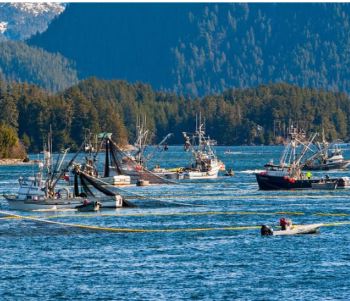
Sitka Herring season. Photo courtesy Visit Sitka Org
Alaska Board of Fisheries Adopts More Conservative Management for Sitka Herring Fishery
 UNITED STATES
UNITED STATES
Monday, February 17, 2025, 00:20 (GMT + 9)
The Alaska Board of Fisheries has implemented a significant change to the management of Sitka's commercial herring fishery, reducing the maximum harvest level despite recent increases in herring biomass.
The maximum harvest level for Sitka’s commercial herring fishery has been reduced, despite recent increases in the biomass, as reported by Katherine Rose from Raven Radio Foundation. This decision, made at the Board's recent meeting in Ketchikan, reflects a shift towards a more cautious approach to harvest rate setting, driven by emerging research and concerns about stock sustainability.
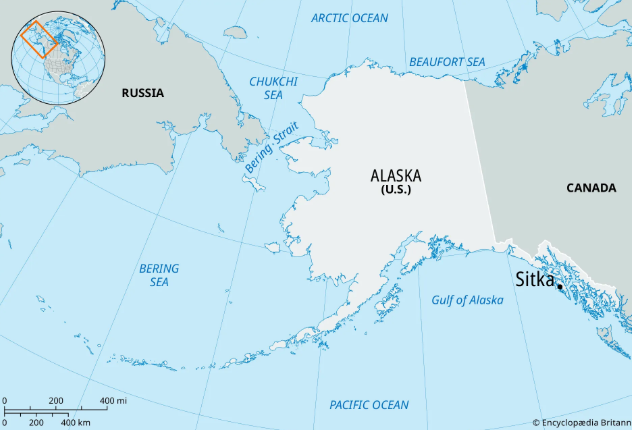
Rationale for Change: Canadian Research and Precautionary Approach
For over two decades, the Alaska Department of Fish and Game (ADF&G) has utilized a 20% harvest rate based on mature herring population estimates. However, recent scientific findings from Canada suggest that this rate may be excessive for certain herring stocks. To address this potential risk, ADF&G proposed reducing the maximum harvest level to 15%.
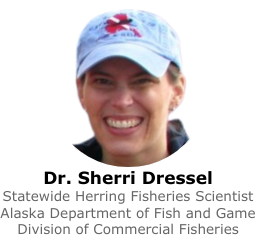 ADF&G biometrician Sherri Dressel emphasized the need for a precautionary approach, citing the potential for rapid shifts in herring productivity. The department aims to adopt a more conservative strategy until its own research can validate or refute the Canadian findings. ADF&G biometrician Sherri Dressel emphasized the need for a precautionary approach, citing the potential for rapid shifts in herring productivity. The department aims to adopt a more conservative strategy until its own research can validate or refute the Canadian findings.
Board Deliberations: Balancing Industry Needs and Stock Conservation
The Board's decision was met with mixed reactions. Commercial seiners, while acknowledging ADF&G's management expertise, expressed skepticism about the applicability of Canadian data to the Sitka fishery. Traditional harvesters, on the other hand, underscored the need for greater conservatism, referencing the state's 2024 population overestimate as a cautionary example.
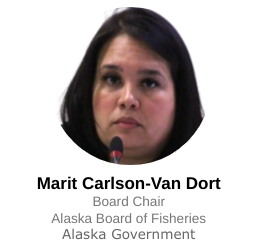 The 2024 season saw ADF&G overestimate the mature herring population, leading to a record-high harvest level that, in retrospect, would have represented 40% of the actual biomass. This "perfect storm" scenario, attributed to a convergence of unusual conditions, highlighted the inherent uncertainties in stock assessments. The 2024 season saw ADF&G overestimate the mature herring population, leading to a record-high harvest level that, in retrospect, would have represented 40% of the actual biomass. This "perfect storm" scenario, attributed to a convergence of unusual conditions, highlighted the inherent uncertainties in stock assessments.
Board Chair Marit Carlson-Van Dort expressed concern about the potential for increased frequency of such "perfect storm" events due to environmental variability and rapid changes. This concern underscored the Board's decision to adopt a more conservative management scheme.
Key Changes and Implications:
- Reduced Harvest Rate: The maximum harvest level for the commercial herring fishery has been lowered from 20% to 15%.
- Biomass Threshold Adjustment: The minimum biomass threshold required to open the fishery has been raised.
- Precautionary Management: The Board's decision reflects a shift towards a more precautionary approach, prioritizing stock sustainability over short-term harvest maximization.
- Ongoing Research: ADF&G will continue to conduct research to refine its stock assessment models and validate the findings of the Canadian study.
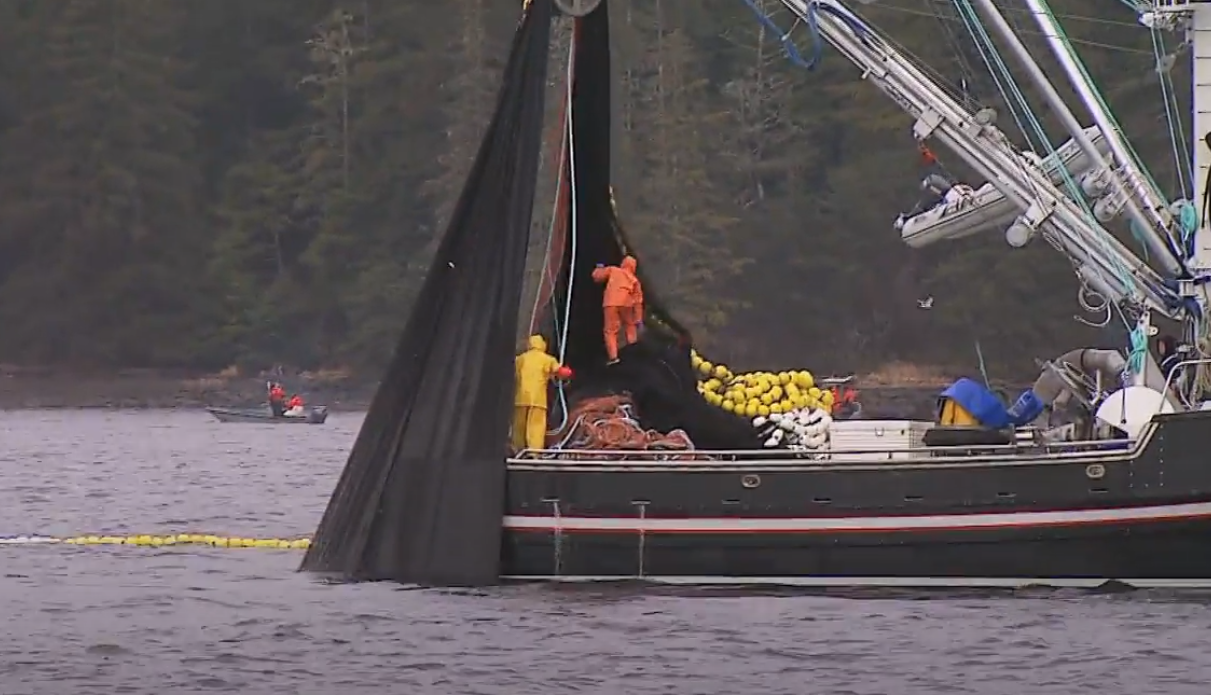
Sitka Herring Fishery: Michael Nederbrock/YouTube
Impact on Stakeholders:
- Commercial Fishers: Reduced harvest levels may impact catch quotas and revenue.
- Subsistence Harvesters: More conservative management may improve access to herring eggs.
- Lingít People: The changes aim to ensure the long-term sustainability of a culturally significant resource.
Future Considerations:
The Board's decision underscores the importance of adaptive management in the face of scientific uncertainty and environmental variability. Ongoing research, monitoring, and stakeholder engagement will be crucial for ensuring the long-term health and sustainability of Sitka's herring stocks.
editorial@seafood.media
www.seafood.media
|



